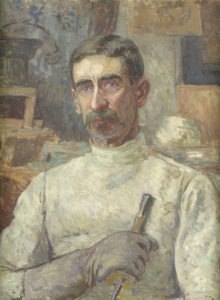
1868 - 1916
Georges Lacombe

description
A French Symbolist painter, sculptor and graphic artist, a member of the Nabi group. As a landscape painter, the author of plot paintings and a sculptor, Lacombe explored Symbolist themes and interpreted them in his own way. Paintings and sculptures by Georges Lacombe are included in the collections of many museums around the world.
Key ideas:
– Like other Nabis artists, Lacombe created canvases based on the legacy of his older contemporaries — Impressionists and Symbolists. In his works, the characteristic features of the established style of art nouveau appeared: the flatness of the forms and the decorative color, curved, whimsical lines of the contours.
– Refusing from the rules of academic perspective as artificial, Lacombe refuses to copy nature and seeks to reflect his own world in canvases and sculptures. His desire to paint “concisely and simply” and admiration for decoration leads the artist to an archaic painting manner.
– The sculptural achievements of Lacombe are truly grand. This did not prevent him from becoming a very significant painter, although some art historians and critics somewhat downplayed the artistic value of his paintings in comparison with the plasticity and emotional impact of the master’s sculptural works on the viewer.
– A distinctive feature of Lacombe’s work is that in his plot paintings and sculptures there are echoes or references to either a myth or a legend, a literary work or a sacred scripture. There are often parallels with the art of the past.
1868
1880
1888
1892
1893
1897
1904
1905
1906
1909
1916
The birth
Studied at the Julian Paris private academy
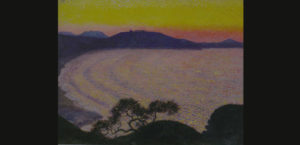
He began working on etudes in Camaret-sur-Mer
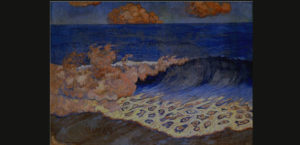
He met P. Serusier
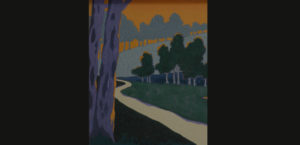
Got acquainted with P. Gauguin
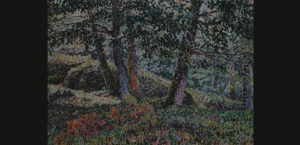
Married Marta Wengner
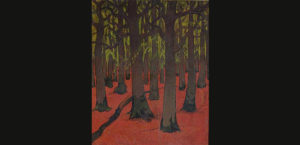
Met with famous Belgian artist Theo van Reisselberg
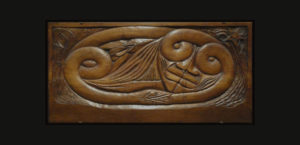
"Cursed women"
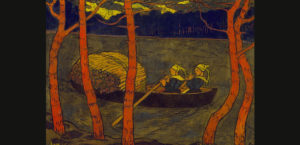
He taught the basics of sculpture at the Ranson Academy

Created the famous bust of Paul-Elie Ranson
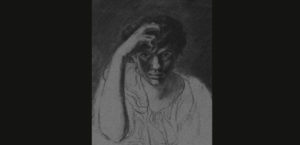
The death
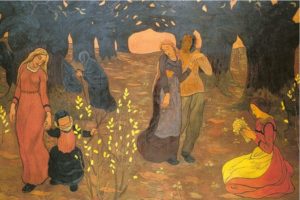
Georges Lacombe
On Artist
flow
Impressionism
friends
Paul Serusier
Emil Bernard
Paul Gauguin
artists
Alfred Philip Roll
Puvi de Chavannes
Henri Gervais
Theo van Reisselberg
By Artist
flow
Fauvism
Surrealism
friends
Felix Vallotton
Jena Vecard
Jozsef Ripl-Ronai
Paul Elier Ranson
artists
Paul Klee
Henri Matisse
Vasily Kandinsky
Pete Mondrian
Pablo Picasso
